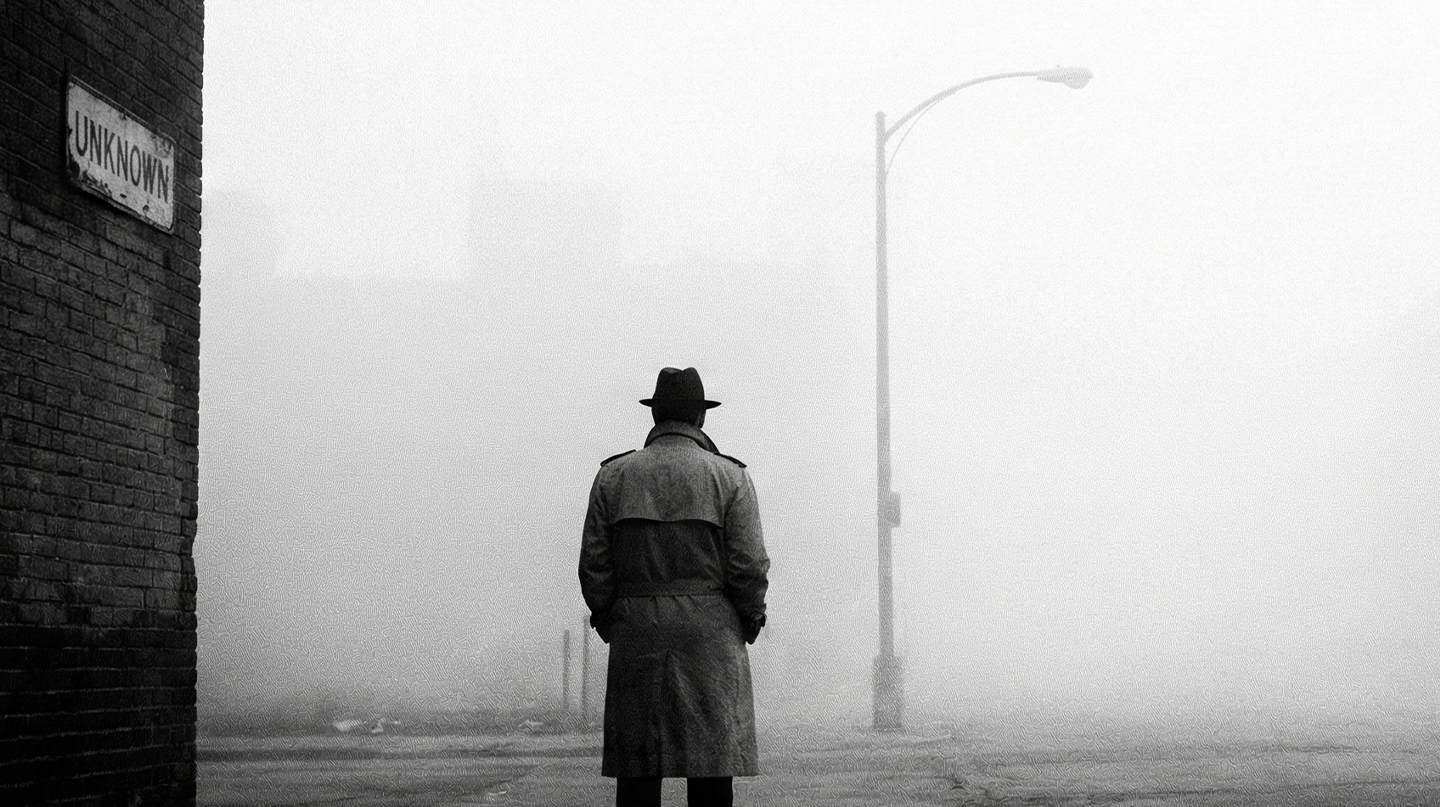A few days ago I shared a YouTube video with the insights from my notes on inspiration.
One of those insights was a tactic I like to call the Thread Method.
This method is used to strategically tap into an endless flow of inspiration.
And today, I’m going to go into more detail on what it is and how you can implement it into your creative practice.
Here’s the core problem…
Most creators treat every new project like a one-off masterpiece. One big, make-or-break act of creation.
And it’s okay to do that sometimes.
But when you aim to make something great from scratch ALL the time it’s easy to get trapped in a cycle of overthinking and perfectionism.
And eventually inspiration runs dry and you stop creating.
But the Greats I studied didn’t start from scratch every single time.
Instead…they worked in Threads.
As in…a lot of their masterpieces were part of a series. Not an isolated spark. More like a continuation of a thread that started long before it.
Claude Monet didn’t paint one great water lily. He painted over 250. Each painting informed the next.
Picasso didn’t just invent Cubism once. He reinterpreted it across thousands of sketches and canvases, each one refining his experiment with fractured perspective.
Steve Jobs didn’t lead Apple to build the iPhone out of thin air. It was the natural evolution of the iPod’s simplicity meeting the Mac’s interface philosophy.
James Cameron pushes the same obsession of human-machine relationships through Terminator, Titanic, and Avatar.
Comedians refine a single joke through dozens of performances until it becomes part of a bigger set.
They all follow the same invisible rule:
Never start a new piece of work from scratch.
Continue the thread.
And when I started applying this to my work everything changed for me.
Every poem informed the next. Every chapter informed the next. Every painting informed the next.
Every product. Every video. Everything (for the most part) informs the next.
And through that process, the Thread Method was born.
Let’s break it down…
The Thread Method:
Element 1: Capture the Thread
When you finish a project, pause and ask:
Write it down. That’s your next thread.
Element 2: Continue the Thread
Make your next project an exploration of that unfinished curiosity.
Don’t switch lanes. Deepen the one you’re already in.
Each project should feel like a continuation, not a clean slate.
Element 3: Reflect and Reuse
After each piece, extract:
Every output becomes raw material for the next.
This also makes completing your work easier because you release the pressure of fitting all your perfect ideas into one creation.
Element 4: Name the Series
Give your sequence a unifying name or theme. Like:
This gives your work identity and context. It helps both others and yourself see the evolution.
Element 5: Archive the Evolution
Keep a record of your progress:
This turns your creative process into a living ecosystem instead of a collection of disconnected projects.
Element 6: Give Yourself Permission to Close the Chapter
Give yourself permission to end a series if your curiosity takes you down a different path.
The goal here is not to lock in on a thread forever…even though many Greats do that, too.
The goal is to keep evolving and continue creating.
So for your next piece, don’t chase a new idea.
Pick one unresolved thread from your last project and follow it deeper.
That’s how you transform isolated sparks into a body of work.
With this way of thinking you will have endless creativity through continuity.
Stop reinventing. Start evolving.
Don’t wait for a new spark.
Continue the fire you already started.
Stay creative,

